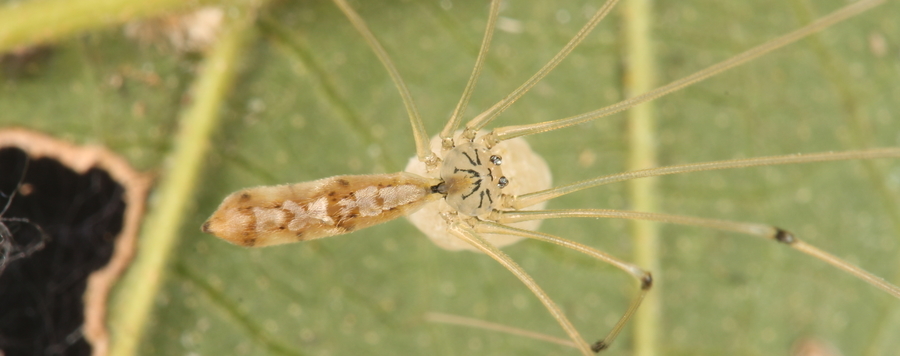
The pholcid spiders of Sri Lanka
As part of the Western Ghats-Sri Lanka biodiversity hotspot, Sri Lanka harbors a rich and diverse fauna, especially in the perhumid southwestern part of the island. However, many invertebrate groups such as spiders continue to be poorly studied. The present paper reviews our knowledge about Pholcidae, a family of spiders that is well represented in Sri Lanka, both by numerous (10) introduced species and by a rich native fauna in five genera (described native Sri Lankan species in parentheses): Belisana Thorell, 1898 (6), Leptopholcus Simon, 1893 (1), Pholcus Walckenaer, 1805 (4), Tissahamia Huber, 2018 (4), and Wanniyala Huber & Benjamin, 2005 (9). Fourteen species are newly described: Belisana minneriya, B. badulla, B. gowindahela; Pholcus metta, P. puranappui, P. uva; Tissahamia karuna; Wanniyala mudita, W. orientalis, W. upekkha, W. ohiya, W. viharekele, W. mapalena, and W. labugama. All new species are described from males and females. New Sri Lankan records are given for 16 previously described species. Distribution data suggest that most or all of the 24 native species might be endemic to Sri Lanka, but the Indian pholcid fauna remains almost entirely unknown.





